What lead working stick sizes are available? |
||||
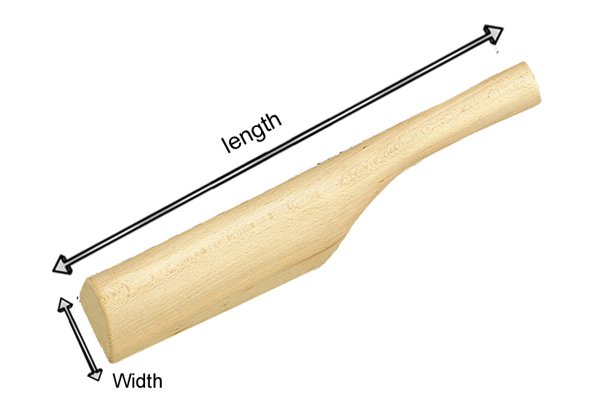 |
Lead tools vary in both their overall length and weight as well as the width of their face so that they can be used with sheet metal of different thicknesses. Larger dressing or bossing sticks are suitable for use with thicker lead, whilst smaller tools are designed to be used with thinner lead. | |||
Length |
||||
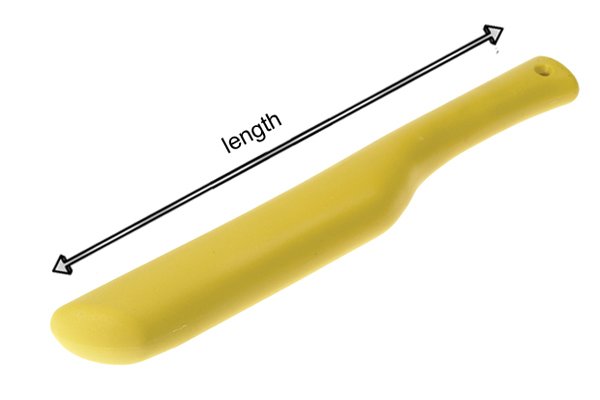 |
A lead dressing stick can be between 150mm (6 inches) and 225mm (9 inches) in length. | |||
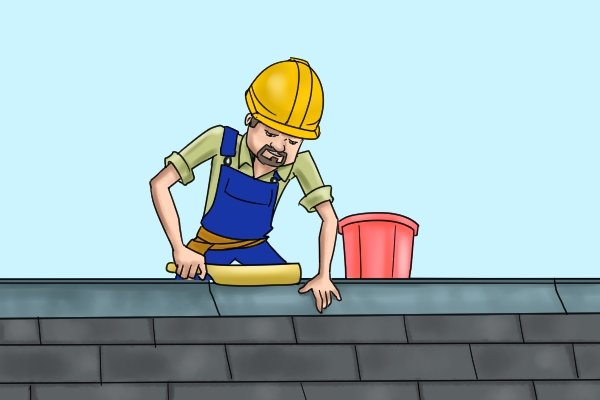 |
Longer tools are particularly useful, as the added length helps the user to work lead into confined spaces or hard-to-reach areas. | |||
Width |
||||
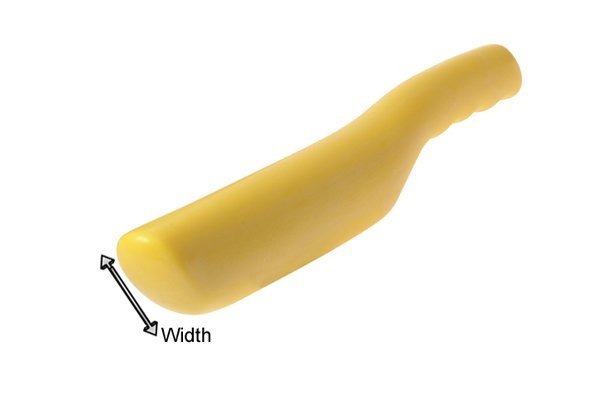 |
Lead working sticks that are longer also tend to have wider faces. The face of the tool can range from 44mm (1 3/4 inches) to 75mm (3 inches). | |||
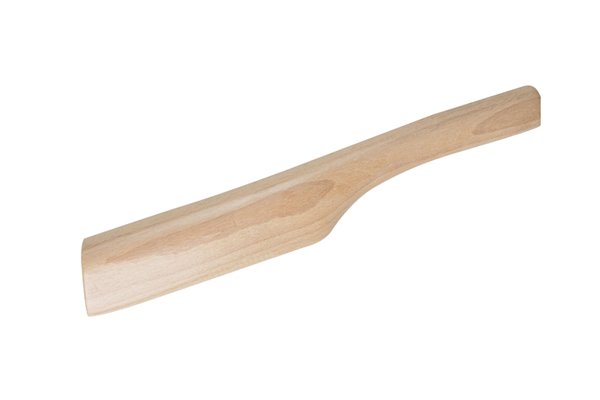 |
As discussed in the section: What are the different types of lead working stick?, bossing and dressing sticks have faces of various shapes and sizes which make them suitable for specific lead working applications.
For instance, setting-in sticks are narrower so that they can be used to set in folds and bends in lead sheeting. |
|||
Weight |
||||
 |
The weight of a lead dressing stick depends upon the material out of which it is made and the size of the tool. Plastic dressers and bossing sticks tend to be more lightweight, whereas wooden tools are usually heavier.
Heavier lead working tools are better suited for working thicker sheet metal. However, due to their increased weight, they can be more difficult to use. |
|||






